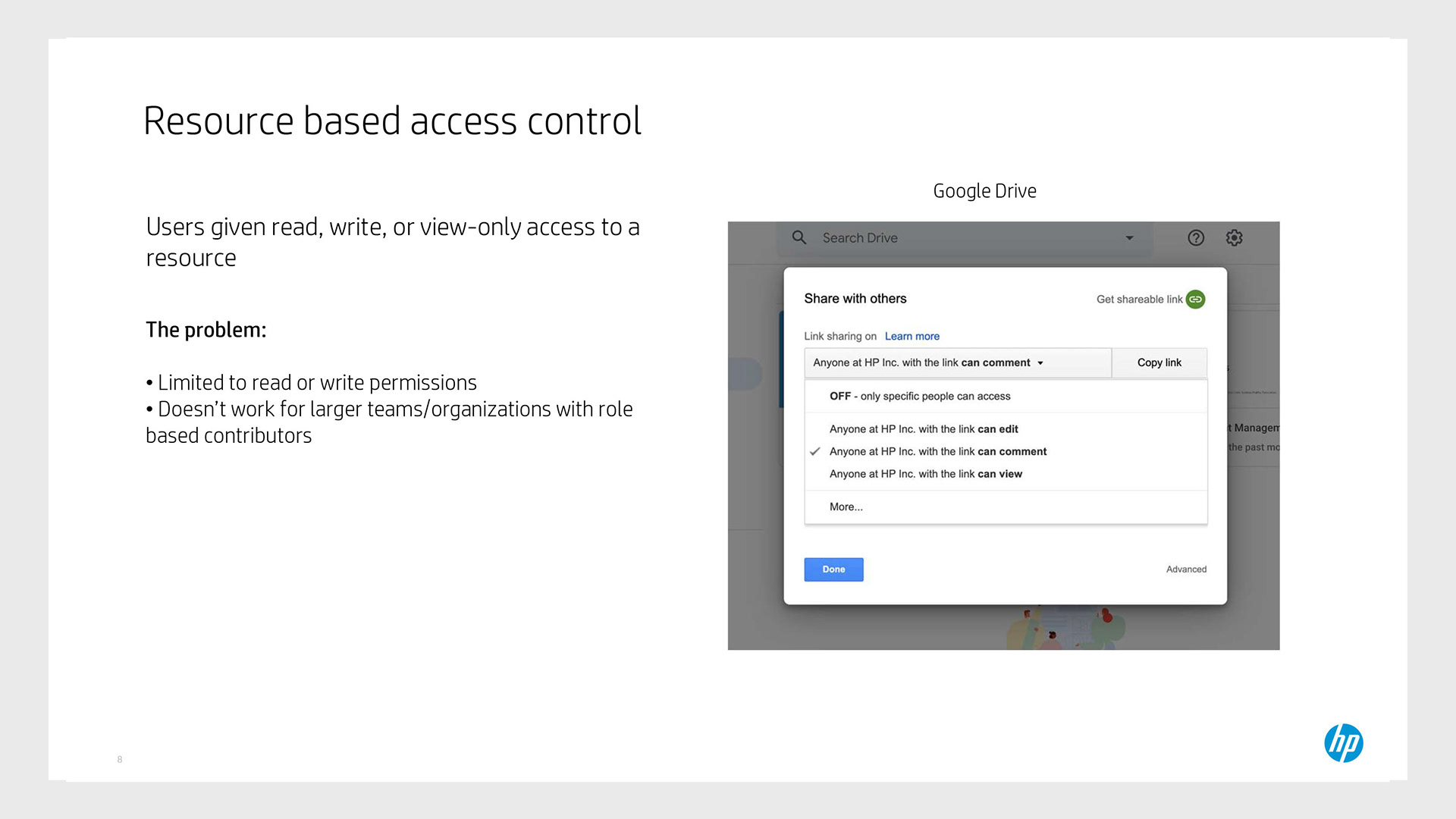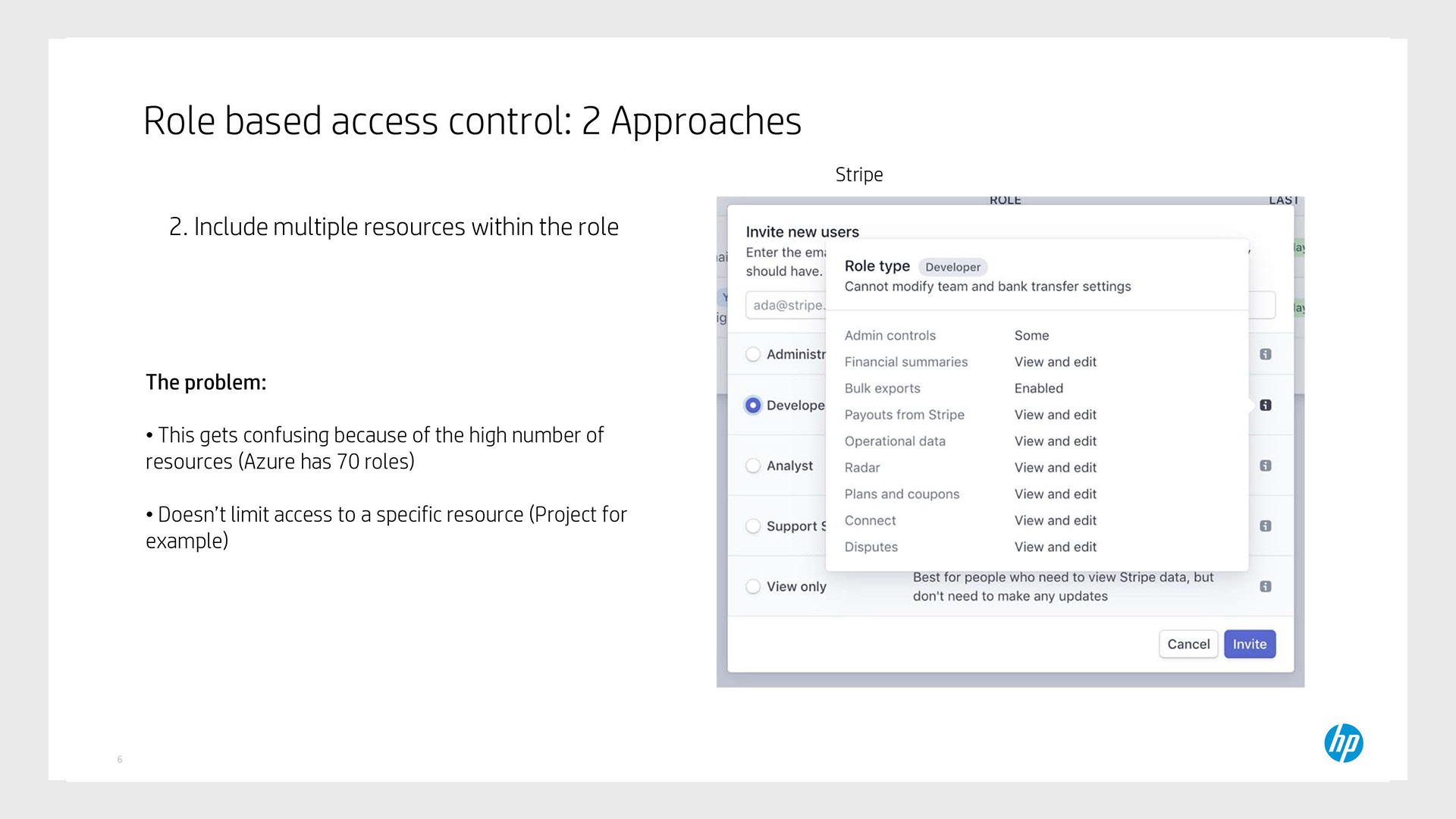My Role
Role: UI and Interaction Designer.
Team: Collaborated with 3 other designers. Communicated closely with stakeholder team of R&D Managers, Lead Engineers, Business Development, and Marketing.
Responsibilities:
• Responsible for UI and Interaction design across the project.
• Consulted with Lead UX Designer and Design Manager on UX Strategy.
• Collaborated with Lead Developers on feasibility, architecture, and approach.
• Helped facilitate Design Sprint and organize feedback sessions and presentations.
• Helped plan, setup, and execute the Design Sprint and schedule.
Role: UI and Interaction Designer.
Team: Collaborated with 3 other designers. Communicated closely with stakeholder team of R&D Managers, Lead Engineers, Business Development, and Marketing.
Responsibilities:
• Responsible for UI and Interaction design across the project.
• Consulted with Lead UX Designer and Design Manager on UX Strategy.
• Collaborated with Lead Developers on feasibility, architecture, and approach.
• Helped facilitate Design Sprint and organize feedback sessions and presentations.
• Helped plan, setup, and execute the Design Sprint and schedule.
The Problem
Scaling a POC to an Enterprise Product
The existing Link Technology product was built on top of a proof of concept and as the product grew, early customers were running into several issues leveraging it and integrating at scale:
Over time the user experience also became fragmented and it became clear the product needed to be redesigned and built from the ground up with components and APIs to integrate with existing workflows working at high volume around a centralized platform.
The existing Link Technology product was built on top of a proof of concept and as the product grew, early customers were running into several issues leveraging it and integrating at scale:
Over time the user experience also became fragmented and it became clear the product needed to be redesigned and built from the ground up with components and APIs to integrate with existing workflows working at high volume around a centralized platform.
The Challenge
Redesign and Launch in 1 Year
Our R&D design and engineering team was tasked with redesigning and launching the platform in 1 year. The approach was to be API driven, designing features in the UI that would also be available via API for customers to build on top of.
Our R&D design and engineering team was tasked with redesigning and launching the platform in 1 year. The approach was to be API driven, designing features in the UI that would also be available via API for customers to build on top of.
The Kickoff
Starting with a Design Sprint
Starting with a Design Sprint
Our team decided this was the perfect opportunity to begin with a Design Sprint to identify the high level problems, design goals, and priorities. After planning and discussing with our internal team around schedule, key players, and logistics, our goals for the end of the sprint were to:
• Hear stakeholder viewpoints, customer problems, and identify design priorities.
• Hear stakeholder viewpoints, customer problems, and identify design priorities.
• Breakdown the redesign into smaller goals and objectives.
• Determine the general IA of the platform and account structure.
• Build on top of our existing APIs and identify needs for new ones.
To kickoff the redesign process, our design team held a Design Sprint over 5 days. During the process we brought in product managers, business development reps, and other stakeholders to begin brainstorming and prioritizing ideas.
During the process we turned key sketches on the whiteboards into wireframes to iterate on each day.
At the end of the sprint we presented our insights and findings to the stakeholder team. We came away with a categorized approach to bucket the future design work as well as concepts to move forward with.
Design Process
Platform Structure and Architecture
Platform Structure and Architecture
From the findings and clarity as a result of the Design Sprint, we started laying the foundation of the overall structure of the platform using a combination of a sitemap and low fidelity wireframing.
Enabling customers to restrict access to their accounts
The redesign of the platform needed to include an account model that restricted access to accounts and resources, but we didn’t have deep knowledge or expertise in user management. The first step was to research and investigate different enterprise user management models and types while measuring the pros and cons of each approach.




From this research and weighing the benefits of the models we studied, we came away with a set of best practices that fit with our customer user management and access control needs.
We then created user flow diagrams of different key tasks in sharing access to resources such as inviting a user to the account.
Building an intuitive UI for user management
To simplify the complexity, our concepts revolved around making the process as guided as possible. The goal was to provide access to additional role/permission breakdowns, how-to resources, and offer default roles and permission sets.
We leveraged an internal design component system and Sketch library to quickly build high fidelity mockups and UI designs.
Guiding the user during first time use and offering the option to set up user access as one of the first primary tasks.
Enabling access to user management tools at the account level.
Offering step-by-step guidance for assigning access to resources.
Providing a breakdown of the default roles and permission sets.
The Outcome
Pulling the Plug
Pulling the Plug
Unfortunately after several months of research and design work, the platform redesign efforts were canceled and we didn't get to see the relaunch through to implementation. However, we did have designs for a few of the key components, such as User Management, that were well thought through and vetted with development teams, project stakeholders, and existing customers.

